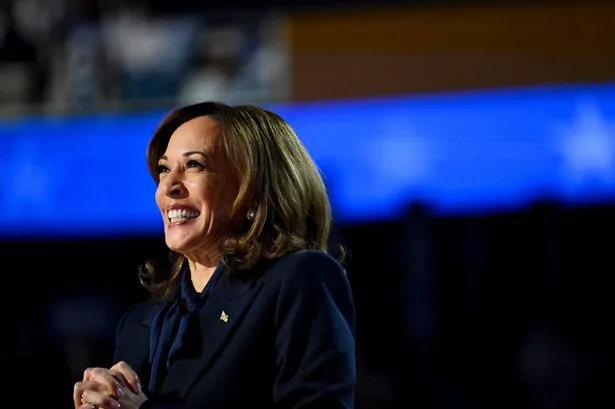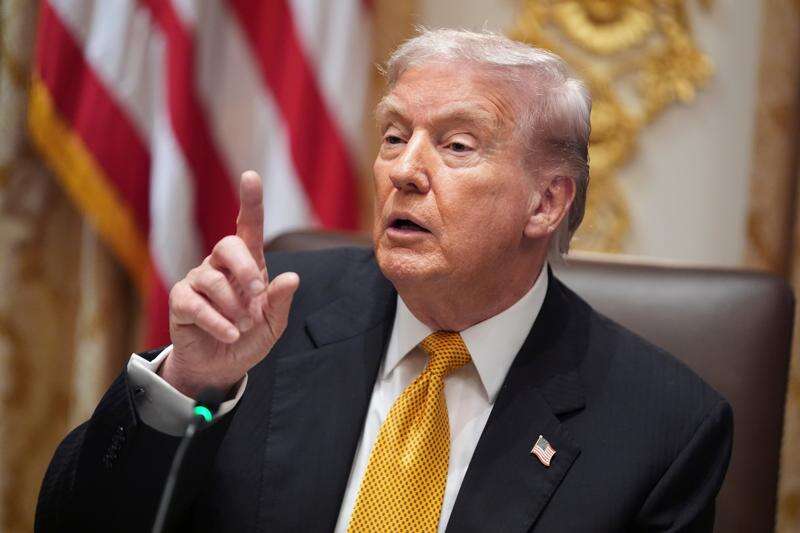The question of whether the United States will ever elect a female president remains a topic of significant debate among political experts. With the recent re-election of President Donald Trump in November 2024, defeating former Vice President Kamala Harris by a substantial margin, this inquiry has gained renewed urgency. As the Trump administration continues to push the limits of executive power, many are left pondering if the U.S. will join other democracies in breaking what Hillary Clinton famously termed the “hardest glass ceiling.”
Following the recent election of Sanae Takaichi as Japan’s first female prime minister, the U.S. stands out as the only major democratic country in the G7 Conference that has yet to elect a woman as its head of government. Takaichi’s election is significant as it follows a trend of conservative female leaders emerging as heads of state, which raises questions about the political landscape in the U.S.
As attention turns toward the upcoming 2026 midterm elections and the 2028 presidential race, experts weigh in on the factors contributing to the absence of a female president.
The Role of Sexism and Double Standards
For many analysts, the primary reason behind the lack of female leadership in the U.S. is rooted in sexism. Samantha Karlin, founder of Empower Global and a veteran of the Clinton and Harris campaigns, highlights a clear double standard that women face in politics. She argues that the scrutiny directed at female candidates is often harsher than that faced by their male counterparts.
“The judgment I saw against Hillary didn’t make sense. I think it represented the double standards that women face,” Karlin explained in an interview. “Women can’t make any mistakes, while men like Trump can brag about their behavior without facing significant consequences.”
This perspective aligns with observations from Cheri Bergeron, who points out that a patriarchal society influences not only the political landscape but also women’s perceptions of other women in power. “We’ve had a very strong patriarchy. Women have a massive ability to impact that, but many are still stuck in that patriarchal mindset,” she noted.
Systemic Failures and the Lack of Gender Quotas
Other experts argue that the issue stems from systemic failures within the American political system. Anna Sampaio, a professor at Santa Clara University, emphasizes that the absence of a gender quota in the U.S. government is a significant barrier. Gender quotas, which ensure a certain percentage of representation for women, are in place in at least 93 countries, including France and Germany, both of which are also G7 members.
The lack of such measures in the U.S. has contributed to the underrepresentation of women in leadership positions. “It speaks volumes about the quality of our democracy,” Sampaio stated. “When women are better represented, people have more trust in their government.”
While it is difficult to predict when the U.S. will elect its first female president, the shared sentiment among experts is that the path to this milestone is fraught with challenges.
Research indicates that in times of economic uncertainty, voters often gravitate toward dominant leaders, which could impact the likelihood of electing a female candidate. A 2016 Reuters/Ipsos poll revealed that 75% of voters believed that “America needs a strong leader to take the country back from the rich and powerful.”
Despite these challenges, some advocates remain cautiously optimistic. Julie Abrams Castro, CEO of How Women Lead, believes that a female leader is inevitable but warns that the timeline may be longer than hoped. “Someday, I don’t think in the near future,” she remarked, citing the current political climate as a barrier to diversity among presidential candidates.
Political Dynamics and the Future
The potential for a female president may also depend on the political party. Survey data highlighted in a Politico article suggests that some Republican women have internalized biases that may affect their willingness to vote for a woman president. In contrast, research shows that the Democratic Party tends to invest more in female candidates than the Republican Party, impacting the likelihood of a female candidate emerging from either side.
Nonetheless, some Republican women have gained prominence in recent years. Figures like former South Carolina Governor Nikki Haley, Georgia Representative Marjorie Taylor Greene, and former Congresswoman Tulsi Gabbard have garnered attention within the party, raising the question of whether the U.S. might see a conservative woman rise to the presidency.
Experts are divided on whether the political affiliation of a female president matters. Karlin argues that electing a woman who identifies as a feminist is critical. “It’s more important right now that we have a feminist president than just a female president,” she stated, emphasizing the need for progressive values in leadership.
Conversely, Bergeron believes that the mere act of breaking the glass ceiling should be viewed as a victory, regardless of political affiliation. “I believe that Republicans and Democrats have the ability to recognize a talented female in their party,” she said.
Ultimately, the advocates agree that the election of a female president is crucial for American democracy. Sara Sloan, a former professor at Columbia University, argues that this election is a step toward transforming the U.S. into a more equitable society. “It’s about changing the focus from fear to security, which will help rebalance the patriarchal society we see today,” she concluded.
The journey toward electing a female president in the United States is complex, involving issues of representation, systemic barriers, and cultural attitudes. As political dynamics evolve and the nation looks toward future elections, the hope for breaking the “highest and hardest glass ceiling” endures.







